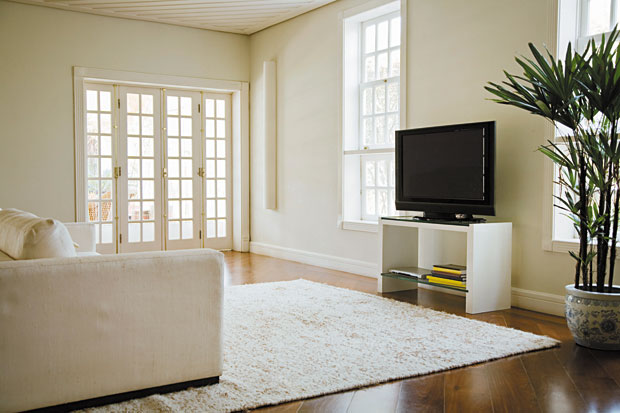I’ve always regarded the month of April as “green.” This is when all the magazine stories and school projects focus on how we can reduce, reuse and recycle. Lately, however, the greenness seems to have faded.
A few years ago, one of my editors was concerned that we were being green-washed — that too much of a green focus was having an unintended effect of turning people off. While I don’t believe that people have been turned off by green, I have noticed a slight turn in another direction.

Now, rather than focusing mainly on what is good for the planet, people seem to be raising their concerns with what is good for the mind, body and spirit. A headline caught my eye recently: “Is wellness the new green?” It just might be.
The International WELL Building Institute (IWBI) has established the WELL Building Standard®, which is a system for measuring, certifying and monitoring features of a built environment that impact human health and well-being. Think along the lines of green building standards but with an added focus on health and well-being. The WELL Building Standard® includes considerations for air, water, nourishment, light, fitness, comfort and mind, and was designed to work harmoniously with other leading green building standards.
Constructing a building that fits the standard may be a stretch for most of us (especially considering many of the requirements apply to commercial spaces), but we still can look at their guidelines for ways to incorporate wellness into our own homes.
Consider some of the following:
Air: Wherever possible, incorporate easy-to-clean, smooth surfaces that are corrosion-resistant. The IWBI requires that no permanent wall-to-wall carpeting be used. Instead, use removable rugs, carpet tiles or hard surfaces.
Light: Change your light bulbs to reinforce natural patterns of your circadian cycle. One way to do this is to use the GE C-Sleep bulb. The bulb is designed to take your circadian rhythms into account, glowing orange in the evening and blue in the morning.
Fitness and Comfort: Allow for movement and flexibility in otherwise physically inactive and static areas. For instance, in your home office, your computer screen should be adjustable in terms of height and distance from the user. The desk should be a sit-stand, which will allow you to alternate positions during use.
Mind: The IWBI requires at least one book title and one magazine subscription that focus on mental and physical health (per 20 occupants) is prominently displayed and readily available.